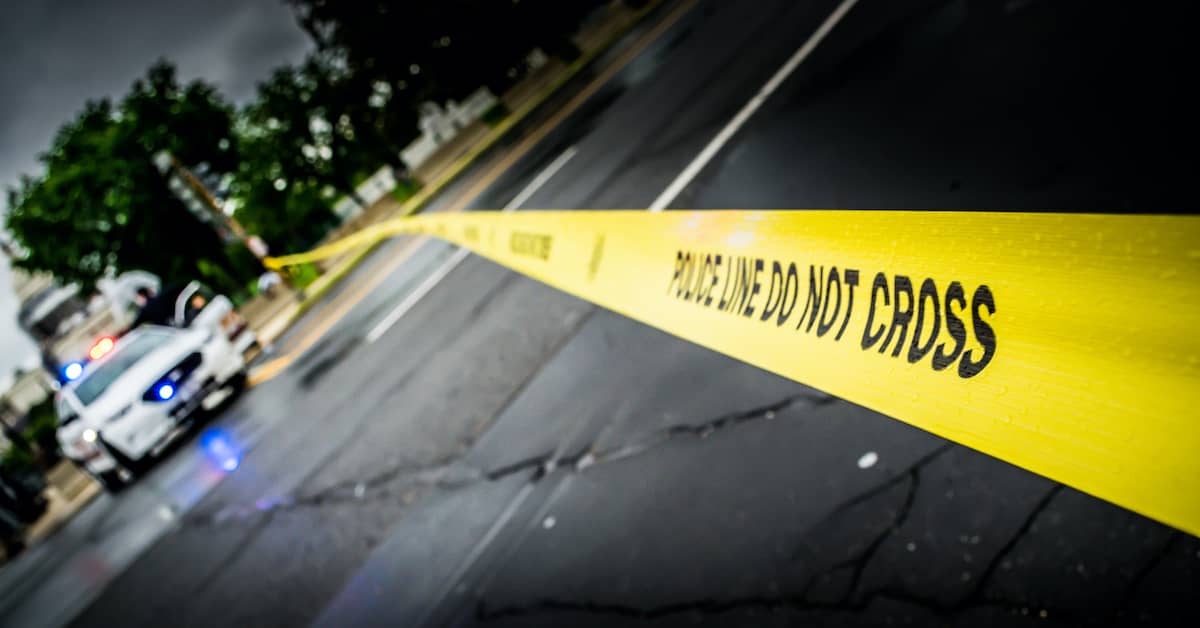
Stop Sign Accident: Who Is At Fault?
Accidents at stop signs are extremely common. In fact, the Federal Highway Administration reports that about half of all injury-involved accidents occur at intersections, including intersections controlled by stop signs.
While determining who is at fault in a stop sign accident may seem challenging, in most cases the evidence will point to one driver being primarily or solely responsible for the collision. A car accident lawyer at Maggiano, DiGirolamo & Lizzi can investigate to determine who is liable for your injuries and damages.
Understanding the Right of Way at Stop Signs in New Jersey
When it comes to determining who is at fault in a stop sign accident, one of the first questions that needs to be answered is: “Who had the right of way?”
“No driver of a vehicle . . . shall enter upon or cross an intersecting street marked with a ‘stop’ sign unless . . . [t]he driver has first brought the vehicle . . . to a complete stop at a point within five feet of the nearest crosswalk or stop line . . . and shall proceed only after yielding the right of way to all vehicular traffic on the intersecting street which is so close as to constitute an immediate hazard.”
This means that if a driver comes to an intersection with only two opposing stop signs, the driver must yield to any traffic on the perpendicular street (commonly referred to as a “thru street”). But what are the rules at a four-way stop? The National Highway Traffic Safety Administration (NHTSA) identifies the following rules drivers should follow:
- Basic Rule – The basic rule at a four-way stop is that the first vehicle to arrive and make a complete stop is also the first vehicle to go.
- Farthest Right Goes First – If two or more vehicles get to an intersection at the same time, the vehicle farthest to the right has the right of way.
- Straight Traffic Goes First – If two drivers arrive at opposing stop signs simultaneously and one driver is turning left, the driver who is going straight has the right of way.
However, the NHTSA also emphasizes safety above all else: “Even if you have the right-of-way, if for any reason you feel uncomfortable or that your safety is threatened, let the other traffic go ahead.” This isn’t necessarily a right-of-way rule, but rather a general rule for protecting yourself when other drivers make mistakes.
5 Common Stop Sign Accident Scenarios
Unfortunately, despite New Jersey’s law requiring drivers to come to a complete stop and the clear right-of-way rules, car accidents at stop signs are still common. Here are five common stop sign accident scenarios with an explanation of which driver (or drivers) may be at fault:
1. You Got Rear-Ended at a Stop Sign
Rear-end collisions at stop signs usually occur for one of two reasons – either (i) the driver who causes the accident isn’t paying attention or (ii) the driver who causes the accident expects the driver ahead to pass through the intersection without coming to a complete stop. In the vast majority of cases, a driver who rear-ends another vehicle will be liable for the collision.
2. You Got Hit While Turning Right at a Stop Sign
If you got hit while turning right at a stop sign, your legal rights depend on who had the right of way. If you had the right of way (i.e., your vehicle was farthest to the right and the driver to your left entered the intersection without waiting for you to go), then the driver who hit you should be liable.
3. You Got Hit While Turning Left at a Stop Sign
Similarly, if you got hit while turning left at a stop sign, the right-of-way rules will determine who is liable for the collision. If you had the right of way, you should be able to recover just compensation.
4. You Got T-Boned or Hit Head-On Passing Through an Intersection
T-bone accidents and head-on collisions in intersections also frequently result from one driver’s failure to yield the right of way. If you got hit and seriously injured by a driver who ran a stop sign or who failed to wait his or her turn, that driver’s insurance company should have to pay for your accident-related losses.
5. You Struck Another Vehicle That Entered the Intersection
Even if you struck another vehicle that entered the intersection, you could potentially still have an accident claim. For example, if you struck the side of a vehicle that entered the intersection without stopping (and you had stopped appropriately, if required), an experienced attorney may be able to recover compensation on your behalf.
Do You Have a Stop Sign Accident Claim? Find Out Now
Liability for an accident at an intersection with a stop sign can be deceptively complicated. If you have been seriously injured or a loved one was killed through the negligence of a driver who failed to obey the rules of the road, you and your family may be entitled to significant compensation.
Please call Maggiano, DiGirolamo & Lizzi today at (201) 585-9111 today for a free case review. Our car accident lawyers serve clients in Fort Lee and throughout New Jersey, as well as New York.


















